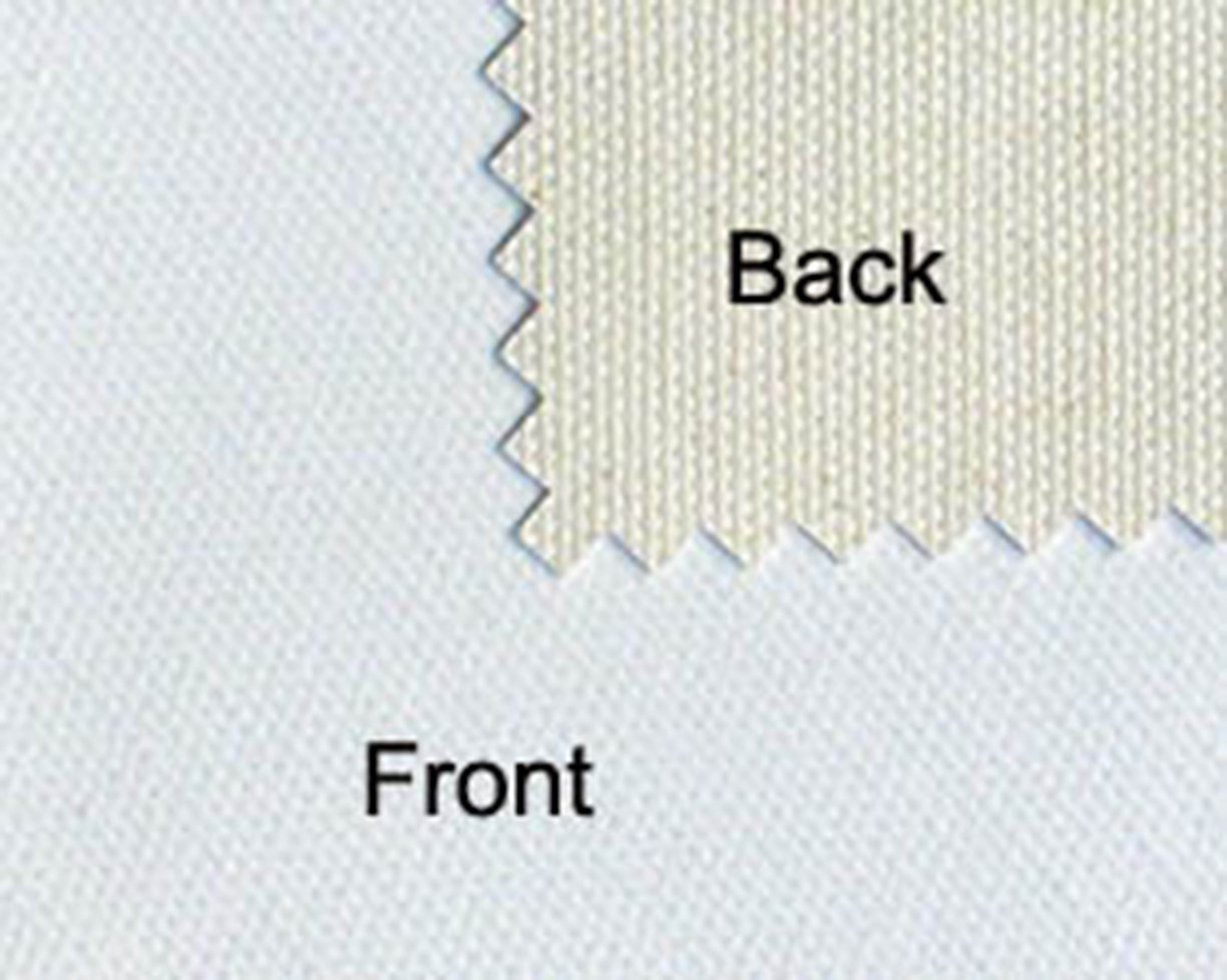Cotton canvas has a rich history in art and has been the go-to choice for canvas printing for centuries. Its natural fibers offer unique characteristics that have withstood the test of time and continue to appeal to artists today. In this article, we will delve into the advantages and disadvantages of using cotton canvas for canvas printing.
- Excellent Absorbency and Image Reproduction: One of the most significant advantages of cotton canvas is its exceptional absorbency. The fabric readily soaks in ink, resulting in a more authentic and organic appearance to the printed image. This absorbency contributes to the canvas’s ability to produce prints with rich colors and deep contrasts, accurately reflecting the artist’s vision. Cotton canvas, especially when combined with high-quality printing techniques, can yield stunning, gallery-worthy prints.
- Natural Texture and Aesthetics: Cotton canvas is known for its unique weave and natural texture. This distinct tactile appeal is favored by many artists who appreciate the traditional look and feel of canvas artworks. The canvas’s textured surface adds depth and character to the printed image, creating an engaging visual experience for the viewer.
- Versatility with Wet and Dry Art Mediums: Artists who work with wet mediums like acrylics and oils often prefer cotton canvas for its compatibility and response to these materials. The absorbent nature of cotton fibers allows paints to adhere well to the canvas, facilitating smoother brushstrokes and enhancing the blending of colors. Additionally, cotton canvas works exceptionally well with dry mediums like charcoal and pastels, making it a preferred choice for artists exploring mixed-media techniques.
- Breathability and Natural Preservation: Cotton canvas is breathable, allowing air to circulate through the fabric. This characteristic helps maintain a stable environment for the artwork, reducing the risk of mold or mildew growth over time. Properly framed and stored, artworks on cotton canvas can enjoy enhanced preservation and longevity.
- Environmentally-Friendly Option: For artists and art enthusiasts concerned about their ecological footprint, cotton canvas presents an environmentally-friendly option. Cotton is a renewable resource that can be sustainably grown and harvested. Additionally, cotton canvas is biodegradable, meaning it will naturally break down over time, leaving a smaller environmental impact compared to synthetic materials.
- Susceptibility to Environmental Factors: While cotton canvas offers many advantages, it is more susceptible to environmental factors compared to synthetic canvas materials. Changes in humidity levels can cause the canvas to expand or contract, leading to slight warping or loosening. This issue can be mitigated with proper framing and conservation techniques, but it’s a consideration for artists seeking long-term preservation of their artworks.
- Potential for Fading: The natural absorbency of cotton canvas that enhances image reproduction can also contribute to a potential disadvantage. If not adequately protected from prolonged exposure to direct sunlight or harsh artificial lighting, cotton canvas prints may be susceptible to fading over time. UV-resistant coatings and appropriate display practices can help mitigate this concern.
In conclusion, cotton canvas remains a classic and beloved choice for canvas printing. Its excellent absorbency, natural texture, and versatility with different art mediums continue to attract artists seeking a traditional and authentic canvas experience. While it requires careful handling and preservation to ensure its longevity, the eco-friendliness and timeless appeal of cotton canvas make it a cherished option for artists across the world.
